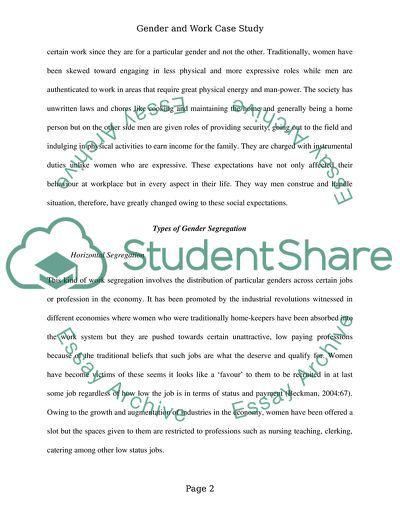Cite this document
(“Gender and Work in Sociology Essay Example | Topics and Well Written Essays - 2000 words”, n.d.)
Retrieved from https://studentshare.org/sociology/1673196-gender-and-work-case-study
Retrieved from https://studentshare.org/sociology/1673196-gender-and-work-case-study
(Gender and Work in Sociology Essay Example | Topics and Well Written Essays - 2000 Words)
https://studentshare.org/sociology/1673196-gender-and-work-case-study.
https://studentshare.org/sociology/1673196-gender-and-work-case-study.
“Gender and Work in Sociology Essay Example | Topics and Well Written Essays - 2000 Words”, n.d. https://studentshare.org/sociology/1673196-gender-and-work-case-study.


